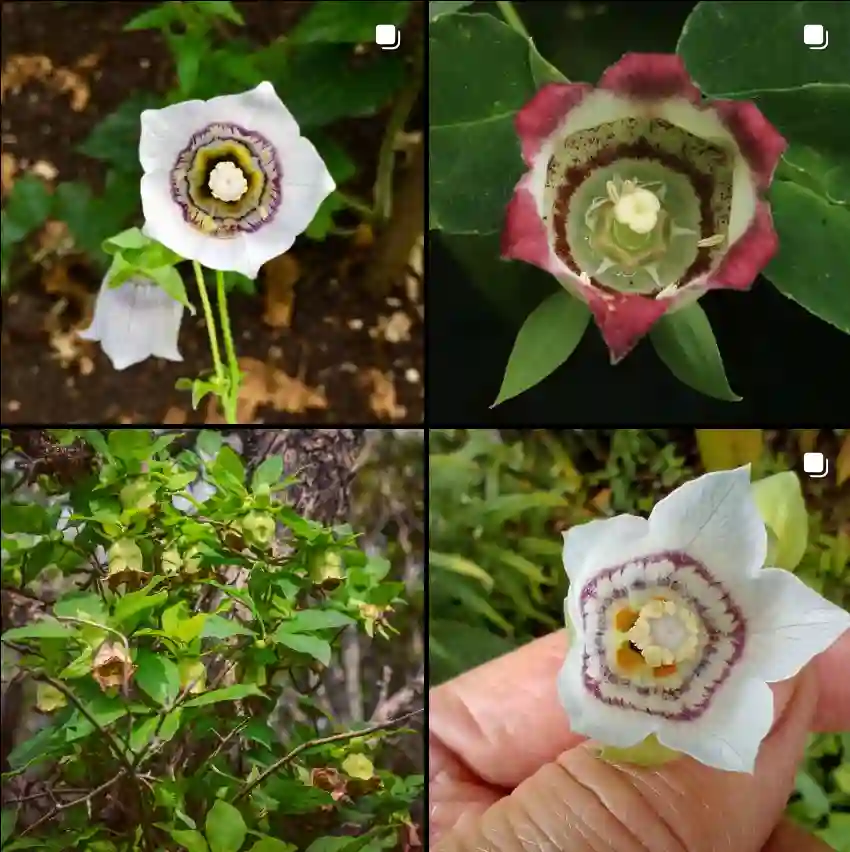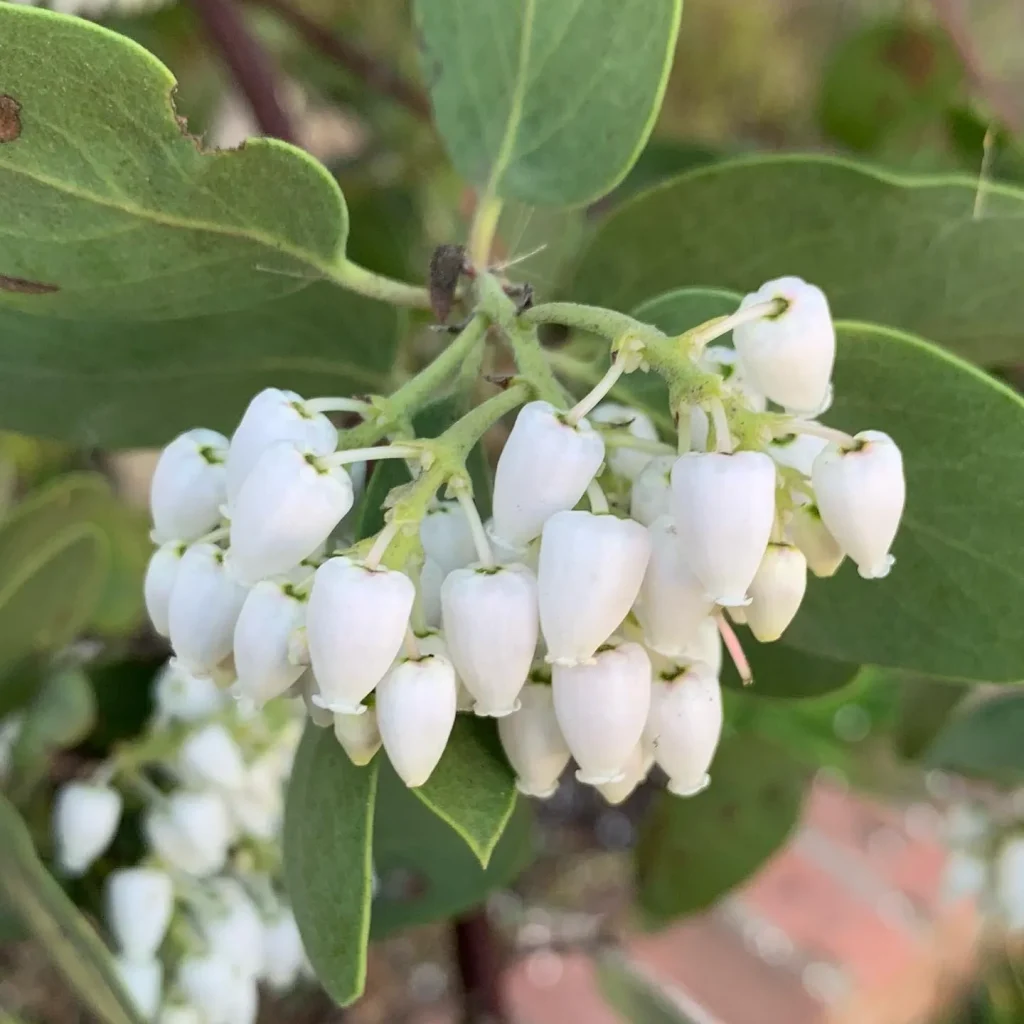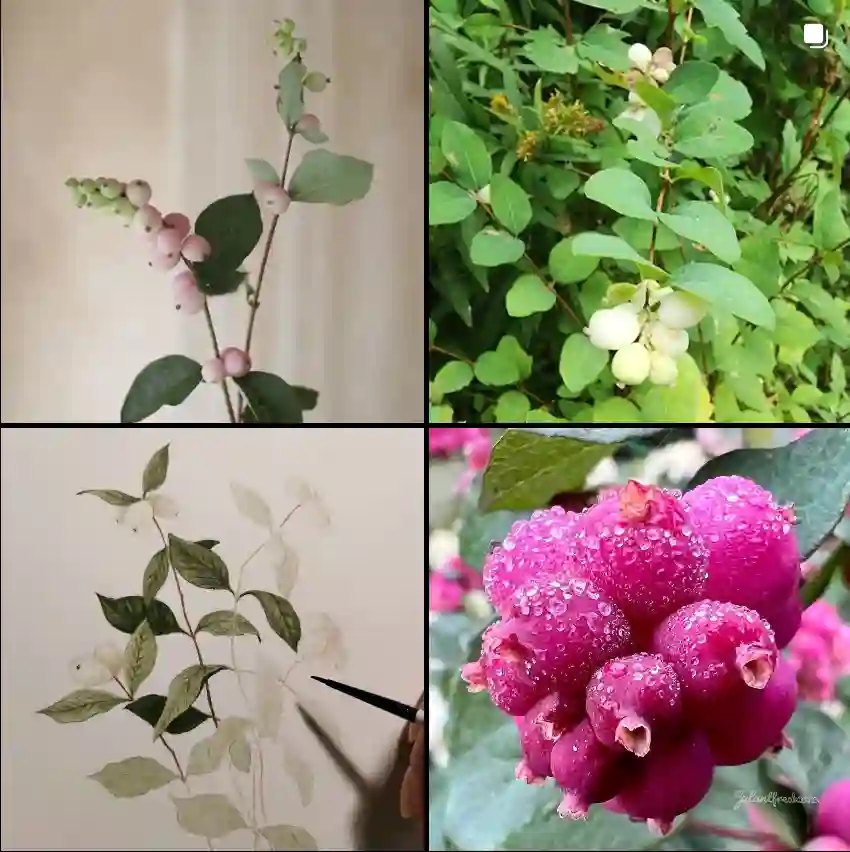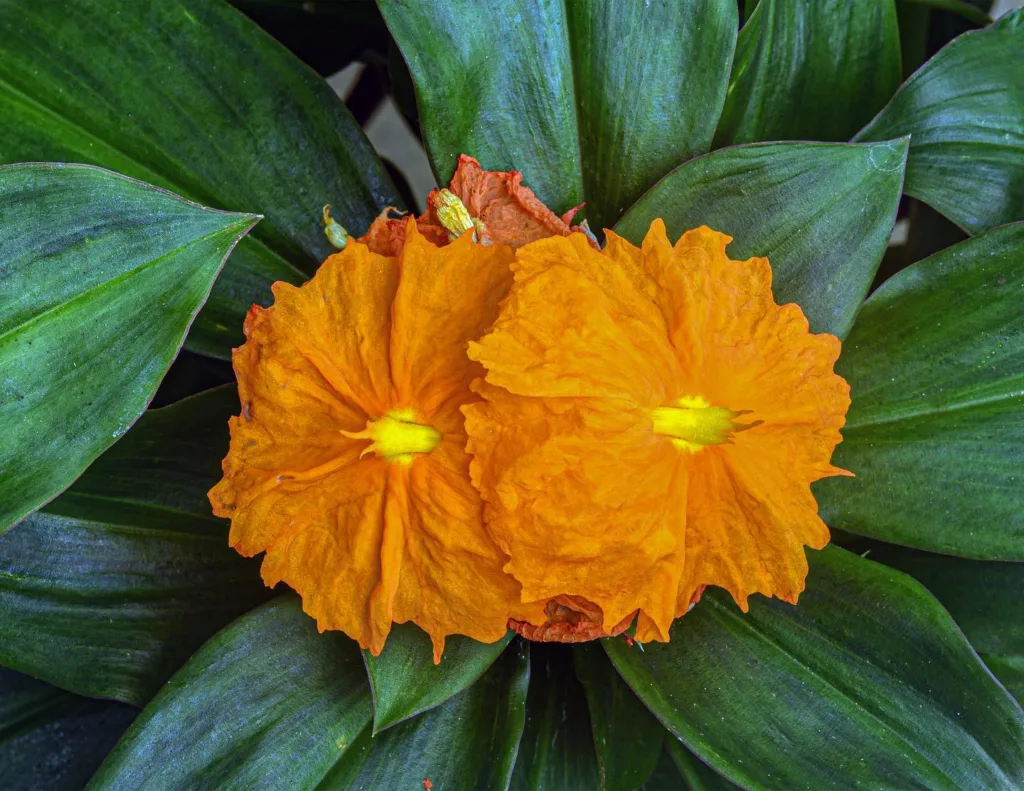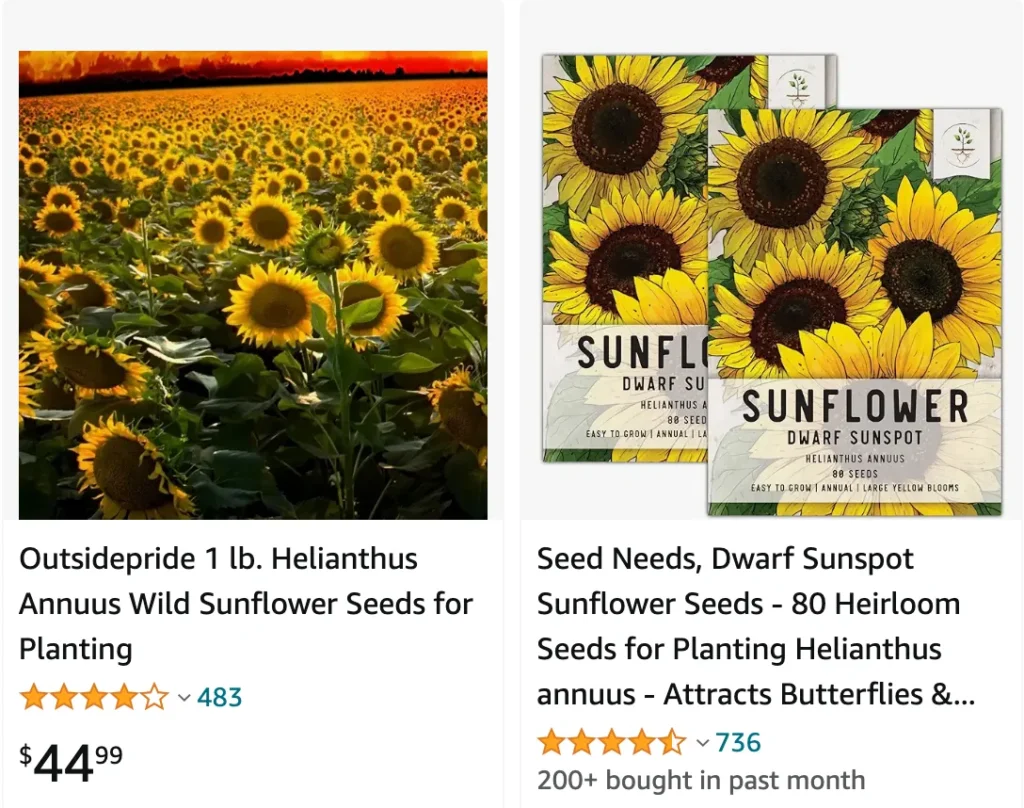
What is Helianthus annuus?
Helianthus annuus is the scientific name for the common sunflower. “Helianthus” comes from the Greek words “helios” (sun) and “anthos” (flower), referring to the sun-like appearance of the flower. “Annuus” means annual, reflecting the plant’s lifecycle.
66 Species in Genus Helianthus
Helianthus Annuus vs Bolanderi
I found that Helianthus Annuus (common sunflower) brings a bright, cheery vibe to my garden with its tall stalks and large yellow blooms, whereas Bolanderi, while also sun-loving, offers a more understated charm with its smaller flowers and bushier growth, making it a subtler yet equally delightful option for a varied garden landscape.
Helianthus Annuus vs Helianthus Petiolaris
In my experience, Helianthus Annuus dominates with its strikingly large, bold sunflowers that stand tall and proud, while Helianthus Petiolaris, with its more compact stature and slightly smaller blooms, adds a delicate touch of sun-drenched elegance that works well in tighter spaces or as a lovely contrast to the grander Annuus.
How to grow Helianthus annuus?
Growing Helianthus annuus is a delightful experience. Start by selecting a sunny spot in your garden with well-draining soil. Sunflowers thrive in full sun, so choose a location that receives at least 6-8 hours of sunlight per day.
Plant sunflower seeds directly into the ground after the last frost date in your area, typically in late spring. Sow the seeds about 1 inch deep and 6 inches apart, then cover them lightly with soil. Water the seeds gently but thoroughly after planting to help them germinate.
Is Helianthus annuus perennial?
Sunflowers are annual plants, meaning they complete their life cycle in one growing season and do not come back year after year. However, they often self-seed, meaning new plants may sprout from dropped seeds if conditions are favorable.
Is Helianthus annuus seed oil safe?
Helianthus annuus seed oil, commonly known as sunflower oil, is generally considered safe for topical and culinary use. It’s rich in vitamins and antioxidants and is commonly used in cooking, skincare products, and massage oils. However, individuals with known allergies to sunflower seeds should avoid using sunflower oil.
What does Helianthus annuus mean?
Sunflowers are iconic annual plants known for their large, daisy-like flower heads that turn to follow the sun throughout the day. They belong to the Asteraceae family and are native to North America. Sunflowers are grown for their beauty, edible seeds, and oil production.
Are Helianthus annuus edible?
Yes, Helianthus annuus, or sunflower seeds, are edible. The seeds are commonly roasted and eaten as a nutritious snack or used in cooking and baking. They are rich in protein, healthy fats, vitamins, and minerals, making them a popular and nutritious food source.
Do Helianthus annuus have monadelphous stamens?
Yes, Helianthus annuus flowers typically have monadelphous stamens, meaning their stamens are fused together into a single group surrounding the ovary.
Do you cut back Helianthus annuus after blooming?
After Helianthus annuus finishes blooming, you can cut back the flower stalk to encourage tidier growth and prevent self-seeding if desired. However, leaving the spent flower heads on the plant can provide food for birds and wildlife, so consider leaving some intact.
How do Helianthus annuus disperse seeds?
Helianthus annuus disperses seeds through a process called dehiscence. As the seeds mature, the flower head dries out, and the seeds loosen from the central disk. When the wind blows or animals brush against the flower head, the mature seeds are released and scattered.
How many seeds do Helianthus annuus produce?
A single Helianthus annuus flower head can produce hundreds of seeds, depending on the size of the flower and environmental conditions. Some large varieties of sunflowers can produce over 1,000 seeds per flower head.
How much water do Helianthus annuus need?
Sunflowers have moderate water needs and prefer consistently moist soil, especially during the germination and flowering stages. Water deeply when the top inch of soil feels dry, but avoid overwatering, as this can lead to root rot. Mulching around the base of the plants can help retain soil moisture.
How tall do Helianthus annuus grow?
Helianthus annuus can vary in height depending on the variety and growing conditions. Some dwarf varieties may only reach a height of 1-2 feet, while taller varieties can grow up to 10 feet or more. Typically, most sunflowers grown in home gardens range from 4 to 8 feet tall.
If i die, water my plants!
